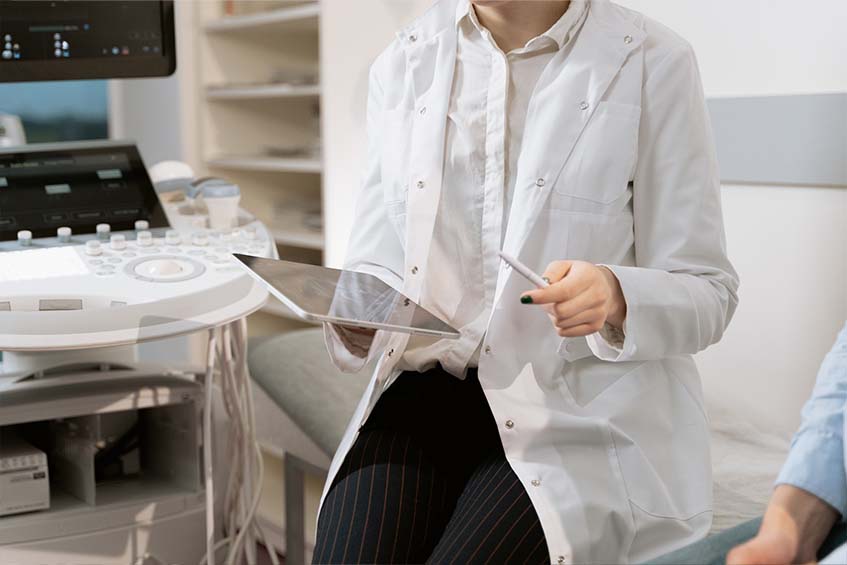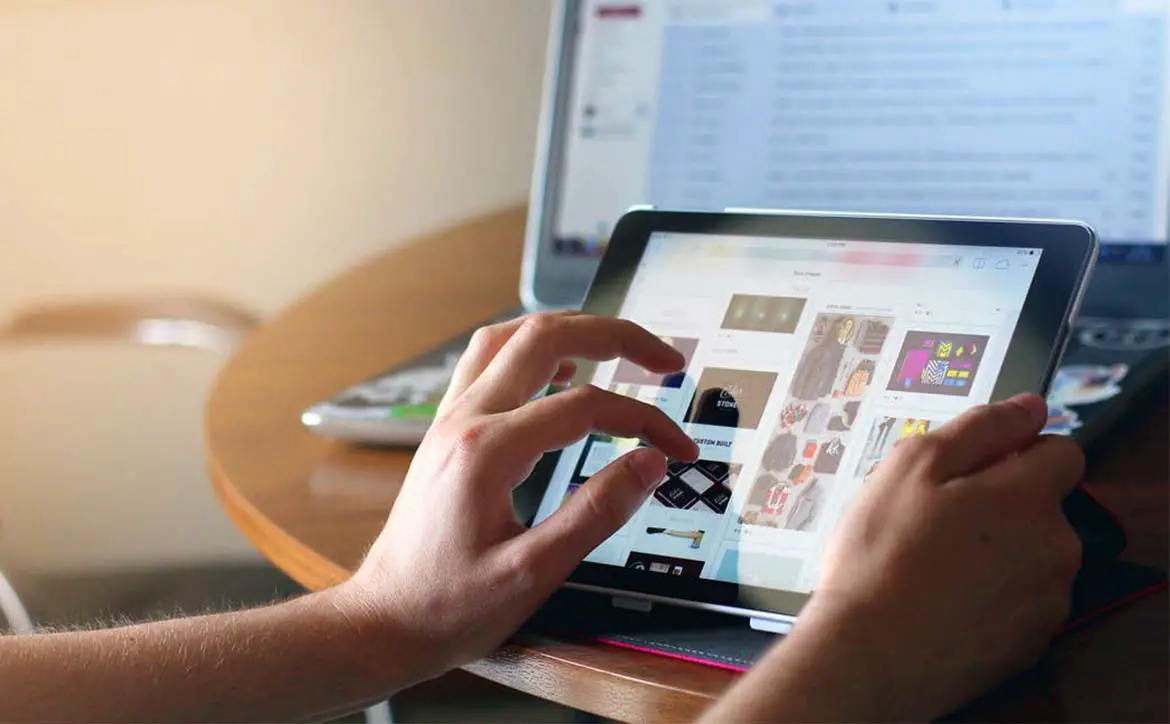Devices that can connect to the Internet of Things are increasingly common and can be used for a variety of communication and data collection purposes. These devices can be used in the home, on the go or by businesses in the workplace. Here are five things you should understand about the Internet of Things (IoT).
Estimated reading time: 4 minutes
1. Almost anything can be part of the IoT
IoT refers to any device that can connect to the internet and to other internet-accessible devices. Traditional computers and other devices that can be used to compute, such as smartphones and laptops, are well-known parts of IoT infrastructure. Devices meant to assist people in their daily and work lives are also integral to the IoT. These include GPS, data analytics software and Bluetooth devices. However, it’s increasingly common for other types of devices to be IoT-accessible, such as refrigerators and automobile systems. You may even have an IoT SIM card at your disposal.
2. Many aspects of IoT can be automated and streamlined
The Internet of Things is a wide-reaching tool that enables businesses and end-users to automate and streamline many aspects of their computing workflows and infrastructure. For an end-user on a personal device, this could mean his or her GPS accesses the user’s location data and external traffic data to determine the best routes available. For a business, this could mean automating user access review tools, cybersecurity infrastructure and enterprise resource planning software, among other things.
3. It can be used to improve access to healthcare
Not only can the IoT be used to automate internal processes, but it can also be used to improve communication between organizations, between organizations and people and across industries. An excellent example of this is in improving access to healthcare and speeding up the processes for diagnosis and assistance when patients need it. With wearable, data-collecting IoT devices, doctors can access and analyze patient data much more quickly and efficiently. These devices improve the ability of doctors to monitor their patient’s vitals whenever they need to, even remotely, particularly when those patients are at high risk of complications or have chronic issues. They can also help doctors diagnose serious diseases, such as cancer, much more quickly and accurately, providing more time and better resources to save people’s lives.

4. People can use the IoT to reduce pollution
Because of its ability to improve efficiency, the IoT and devices that are part of IoT networks are able to help reduce pollution and keep people safe from it. Cities can use data collected by IoT devices to reduce air and water pollution and improve the health of people living in those areas. This is accomplished by installing IoT-connected sensors that detect dangerous levels of pollution and send alerts to citizens. The data collected from these devices can also be used to collect data on pollution levels and sources, which can be used by environmental scientists to determine the best courses of action to reduce pollution.
5. Certain standards must be met
The IoT has a set of industry standards that all connected devices and companies producing or using those devices must meet. Due to the nature of the Internet of Things, its standards are considered open, which means that anyone is able to access and utilize them. It also means they can be interpreted differently, depending on the industry. For example, a company that develops GPS software will have different needs than a company producing IoT-accessible healthcare devices, so each company will need to develop its own set of internal standards based on IoT industry standards.
You need to understand the IoT to be able to leverage its benefits successfully. If you don’t understand how IoT-accessible devices connect and communicate with each other, it’s unlikely you’ll be able to use the data they generate and collect as effectively as possible. If you do understand it, then your business will be able to use those data insights to compete in your industry.
Do you have a better understanding of IoT now? Let us know on social media by using the buttons below.










